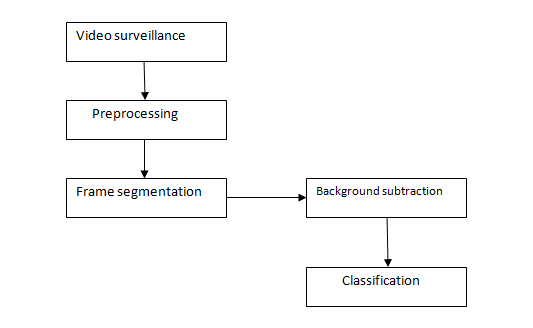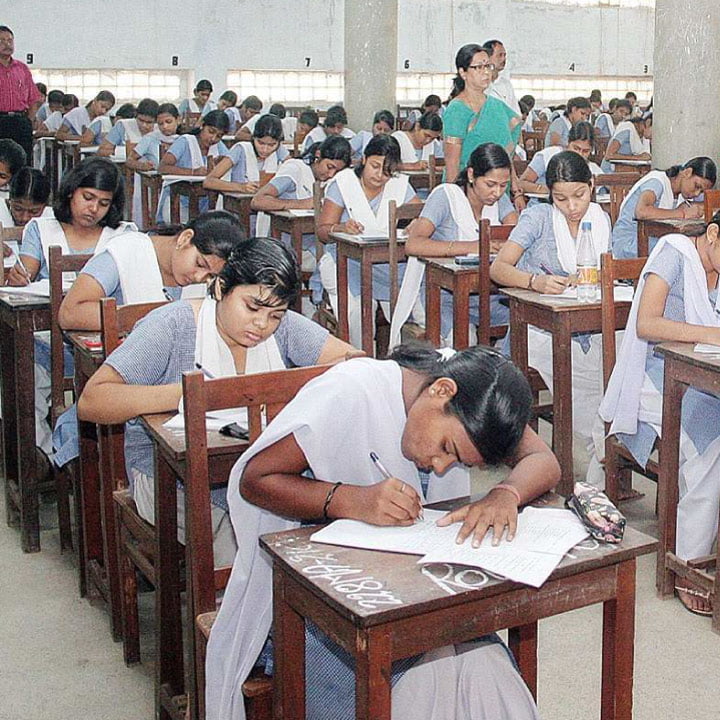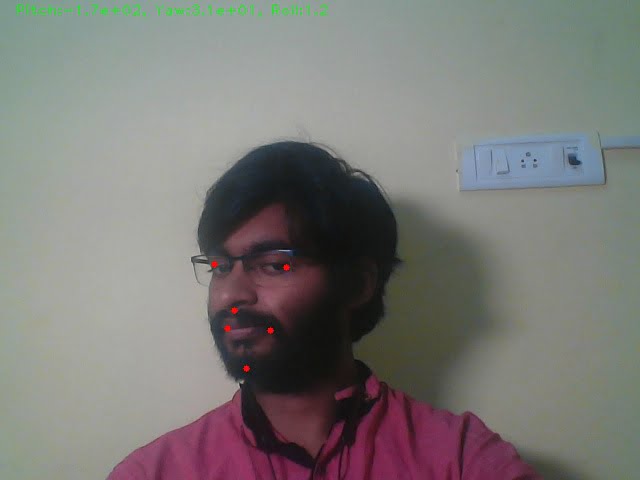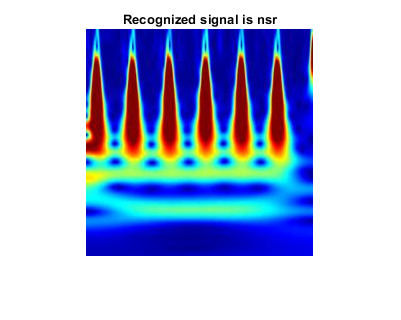Description
Exam Hall Monitoring using OpenCV
The paper proposes a workflow for the automatic detection of anomalous behavior in an examination hall, toward the automated proctoring of tests in classes. Certain assumptions about normal behavior in the context of proctoring exams are made. Anomalies are behavior patterns that are relatively (and significantly) different. While not every anomalous behavior may be cause for suspicion, the system is designed to detect typical patterns for actions of concern such as discussions during an exam or the turning around or the passing of notes, etc. This detection is based on features computed using the textural features followed by a classifier search through annotated patterns of pre-recorded clips to train the system for behavior that may cause concern. While there may be false positives, the system is intended as a decision support system to facilitate automatic proctoring of tests and deter malpractice. We have discussed various video analytics or video processing and image processing methods and tools involved in the surveillance model. Throughout the paper have walked through the various processes- pre-processing segmentation, classification, feature extraction, and its related video processing algorithm in a sequential manner. The proposed model is effective, efficient, and requires relatively less processing power.
Exam Hall Monitoring using OpenCV
Introduction:
The paper proposes a workflow for the automatic detection of anomalous behavior in an examination hall, toward the automated proctoring of tests in classes. Certain assumptions about normal behavior in the context of proctoring exams are made. Anomalies are behavior patterns that are relatively (and significantly) different. While not every anomalous behavior may be cause for suspicion, the system is designed to detect typical patterns for actions of concern such as discussions during an exam or the turning around or the passing of notes, etc. This detection is based on features computed using the textural features followed by a classifier search through annotated patterns of pre-recorded clips to train the system for behavior that may cause concern. While there may be false positives, the system is intended as a decision support system to facilitate automatic proctoring of tests and deter malpractice. We have discussed various video analytics or video processing and image processing methods and tools involved in the surveillance model. Throughout the paper have walked through the various processes- pre-processing segmentation, classification, feature extraction, and its related video processing algorithm in a sequential manner. The proposed model is effective, efficient, and requires relatively less processing power.
Existing Systems:
- Fuzzy clustering
- Otsu method
- KNN classifier algorithm
Disadvantages:
- The approximate result at the regulation of speed and direction
- It cannot work on the problems of scattering and a non-co-ordinate system
PROPOSED METHOD:
- Haar-Features Algorithm
- AdaBoost Algorithm
- Principal Component Analysis(PCA)
Advantages
- The concept is easy to understand
- optimization Good for noisy environments
- It supports multi-objective
Exam Hall Monitoring using OpenCV
Block diagram:

Hardware Requirements:
- system
- 4 GB of RAM
- 500 GB of Hard disk
SOFTWARE REQUIREMENTS:
- Python
- Open-CV
REFERENCES:
[1] D. Weinland, R. Ronfard, and E. Boyer, ?Free viewpoint action recognition using motion history? volumes. Computer Vision and Image Understanding, 104(2), 2006
[2] M. Blank, L. Gorelick, E. Shechtman, M. Irani, and R. Basri, ?Actions as space-timeshares?. In Proc. ICCV, 2005
[3] Dehghani, Alireza, and Alistair Sutherland. “A novel interest-point-based background subtraction algorithm.” ELVIA Electronic Letters on Computer Vision and Image Analysis 13.1 (2014).
[4] Ben-Musa, Ahmad Salihu, Sanjay Kumar Singh, and Prateek Agrawal. “Suspicious Human Activity Recognition for Video Surveillance System.” (2014).
[5] Yong, Lu, and He Dongjian. “Video-based detection of abnormal behavior in the examination room.” Information Technology and Applications (IFITA), 2010 International Forum on. Vol. 3. IEEE, 2010.




































































































































































































































































































































































































































































































































































































































































































































































































































































































































































































































































Customer Reviews
There are no reviews yet.